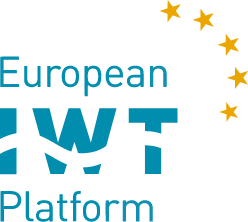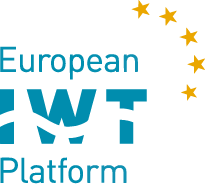Inland Navigation can only function at its best when there is infrastructure (existing or new) that is navigable at all times, properly maintained, fit to be used by existing and future fleets and matches with transportation needs. In return IWT should constantly cooperate with Infrastructure Management (Waterway Managers) in matters that safeguard the environment (waterquality, fauna, habitat, etc)
Based on this vision, the Committee will further push the TEN-T Corridors for allowing an increased and more cost effective integration of IWT in the complete transportsystem and in that sense reach a higher modal shift while not forgetting matters like Water Framework Directive and alike.
The goal should be a consistent network, meeting the Good Navigation Status by 2030, minimum waterdepth and free airdrafts requirements as set in the guidelines. Furthermore there should be have a open digital network on international supported communication between all parties involved in IWT, including the waterway managers, the shippers and the barge owners/ operators. Free of barriers, free of bureaucratic burden in one Europe. The infrastructure should be prepared where possible to be fit for future, taking climate changes into consideration both in flood and drought situations.
Ports and terminals should be positioned that a multimodal shift can take place where needed and/ or required.
Lastly the infrastructure shall meet the requirements of social aspects of the barge operators, its crews and maintenance people, accessible with berthing, car droppings, safe anchor places and means to connect to the “land” for their needs to socialize, rest and exchange crewmembers.


